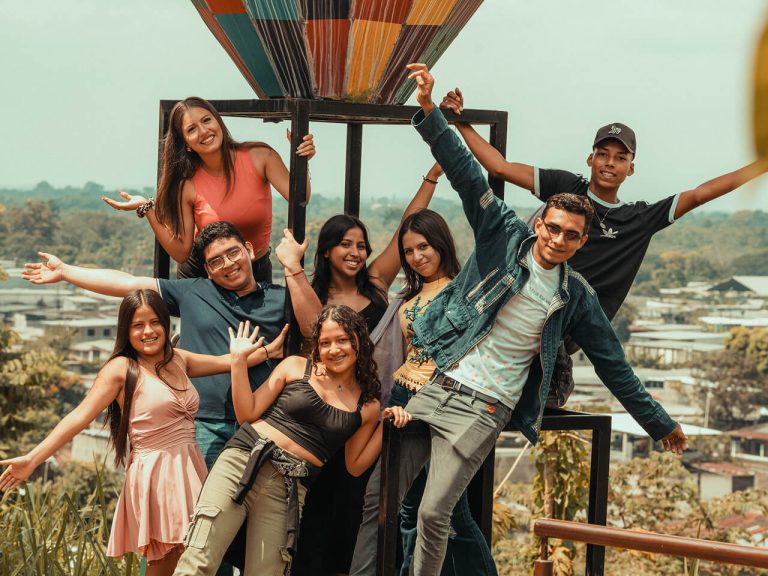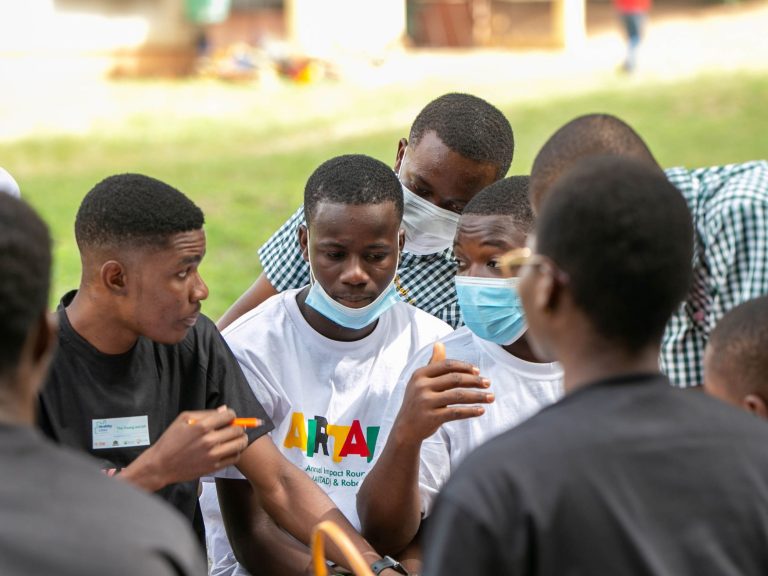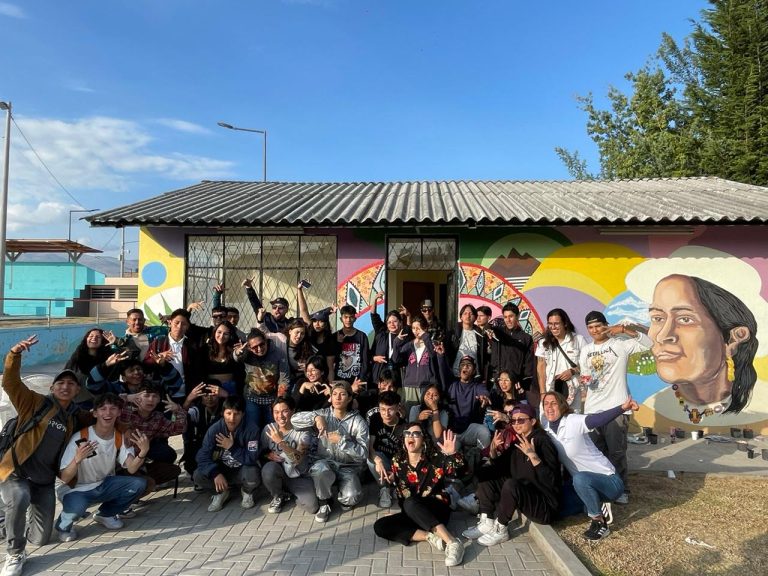What is World Habitat Day?
World Habitat Day is celebrated on the first Monday of October each year, serving as a global reminder to reflect on our public spaces. Recognised by the UN, this day emphasises the fundamental right to adequate shelter and our collective responsibility to shape the future of towns and cities. This year, we celebrate on October 7th, marking the start of Urban October – a month dedicated to promoting sustainable urban development and the creation of better, more liveable cities.
Phase II of the Healthy Cities for Adolescents (HCA-II) programme shares the core values promoted on World Habitat Day, by supporting the development of healthy and sustainable cities where young people thrive and contribute as active and empowered citizens. Together, we’re advancing Sustainable Development Goals 3 (Good Health and Wellbeing) and 11 (Sustainable Cities and Communities), partnering across India, Vietnam, Ghana, Senegal, Ecuador and Colombia.
HCA-II projects harness the power of youth to shape healthy public spaces
Involving adolescents in decision-making is crucial for building the healthy cities of tomorrow. HCA-II projects demonstrate that when young people are recognised as key stakeholders and actively involved in urban development discussions, public spaces become more dynamic, inclusive and responsive to their health and wellbeing needs. Here are some examples of HCA-II projects that are fostering healthy urban environments in collaboration with youth:
‘Vivo Mi Calle’ in Colombia: In a consortium led by Despacio, this project transforms public spaces in underserved neighbourhoods in Cali and Palmira by focusing on physical activity, safety, and gender equality. It brings together young people and their communities through leadership training, urban planning activities, and advocacy for policy action. As a result of seven public space revitalisations, the project has developed an adaptive methodology for incorporating youth voices into city designs. Some examples of revitalised public spaces include the bridge of colours, the healthy bike path, Paz and the Caimitos Parks which have now become convening spaces for local communities.
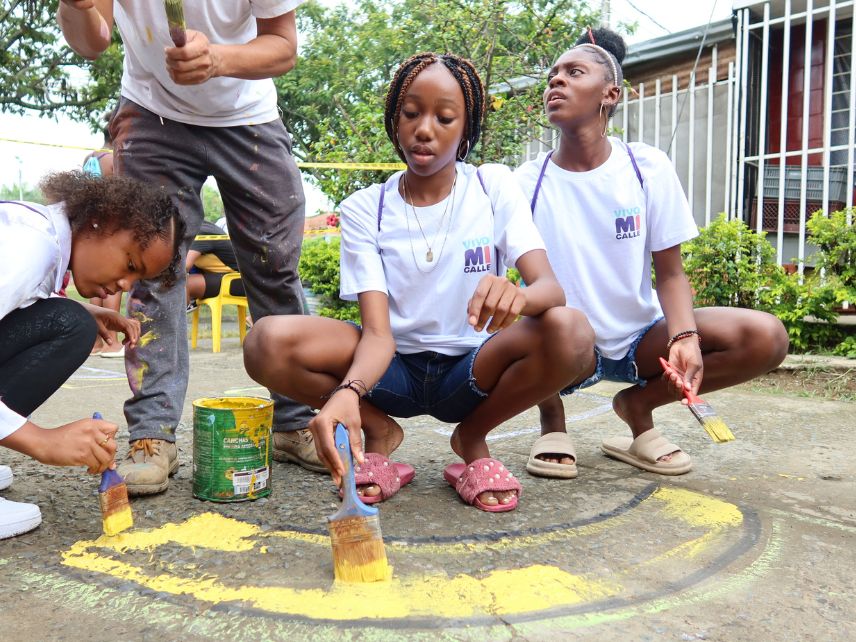
‘Safe, Vibrant and Healthy Public Spaces’ in India: In a consortium led by World Resources Institute (WRI) India, this project redefines how adolescents participate in urban planning. It uses the public space assessment framework (PSAF) to involve young people in local governance, connecting them with government and community stakeholders. The project emphasises the importance of quality public spaces for health and wellbeing, especially in low-income areas affected by climate change. It has successfully engaged 400 adolescents in the intermediary cities of Bhubaneshwar and Jaipur, who have directly influenced the design and improvement of public spaces.
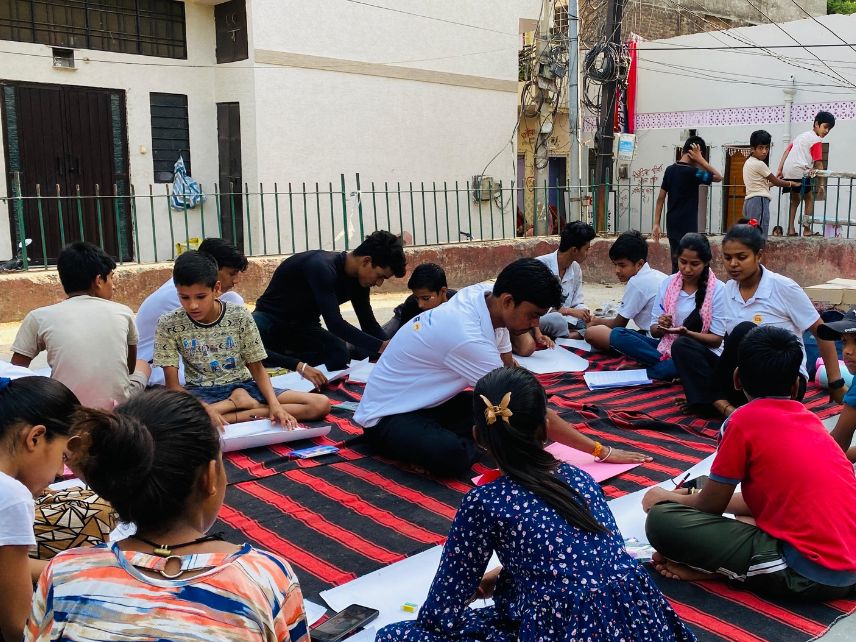
‘Young and Safe’ in Ghana: In a consortium led by Node8, this project highlights the impact of youth involvement and participation in sustainable urban development through leadership and advocacy training. Young people are given a voice in decision-making processes, notably through the Y-Radio Show, which connects youth directly with policymakers. The project also includes Node X, which engages adolescents in creative problem-solving using design thinking. A significant achievement of the project is Ho Youth Park, a dedicated space for young people to play, develop skills and connect in order to promote healthy lifestyles and social inclusion.
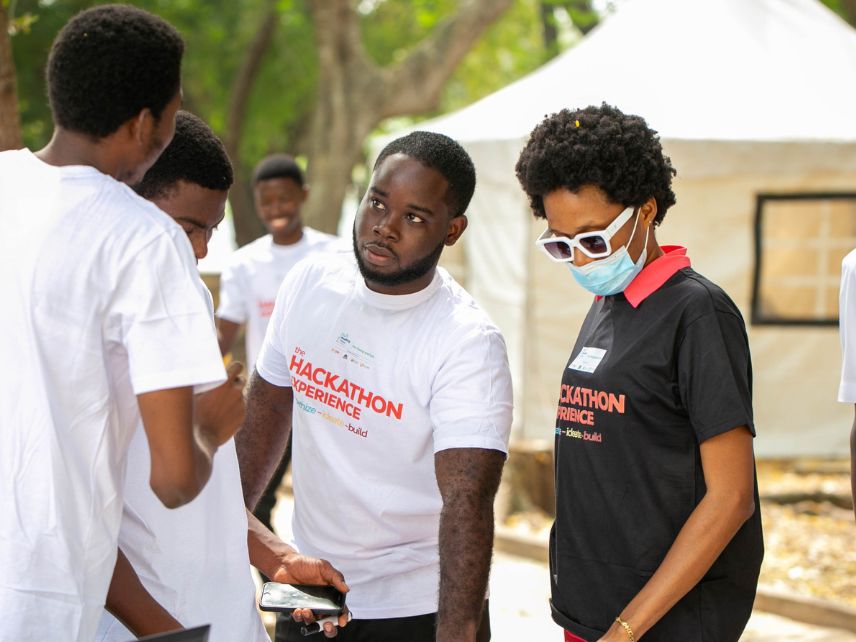
The ‘Vivo Mi Calle’ and ‘Safe, Vibrant and Healthy Public Spaces’ projects will present at the upcoming World Urban Forum (WUF) in Cairo, taking place from November 4th to 8th. Hosted by UN Habitat, the forum provides a global platform to magnify the importance of sustainable, equitable and inclusive urban development in shaping the cities of the future.
Follow us for more updates
To stay informed about our latest project updates and join the conversation on creating healthier, more inclusive cities for all, follow HCA-II on Facebook and X.
